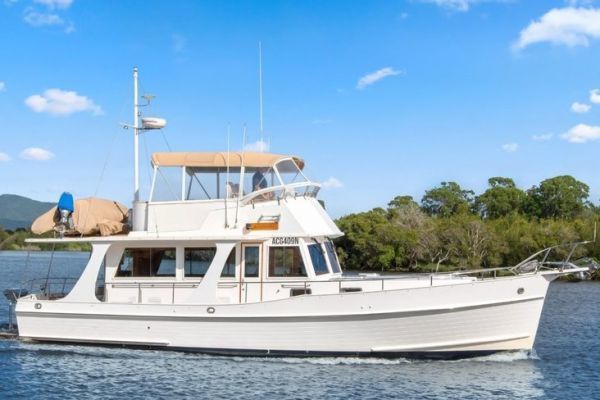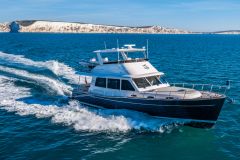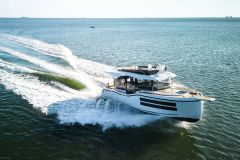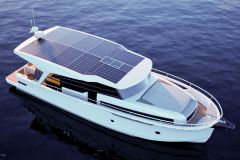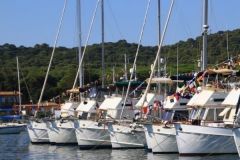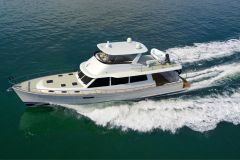A North American design for an Asian manufacture
The story of the mythical Grand Banks trawler begins on the shores of an island in Hong Kong. Two brothers, John and Whit Newton, urged by their father, set up a wooden boat building yard on one of the family factory's parking lots.
The first units produced were orders from well-to-do local entrepreneurs who wanted to acquire long keel sailboats or wooden motoryachts.
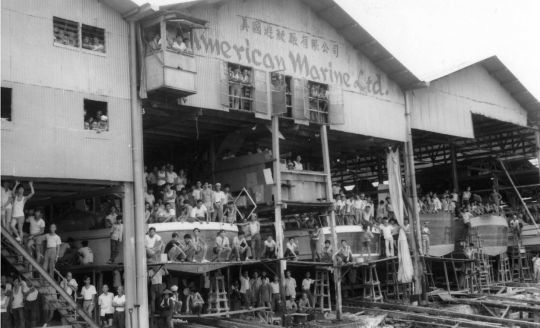
In 1962, the yard moved to larger premises to meet the growing demand. The family business moved to Junk Bay, in the north of the archipelago.
In 1963, the two brothers decided to abandon custom requests and go into series production. They asked the architect Kenneth Smith to design a 36-foot wooden cruiser with a displacement hull and diesel engine.
The inventor of the cruising trawler

When launched, the first of the series was named "Spray" and was a great success. Inspired by the design of North American trawlers, the Spray prefigures the philosophy of the Grand Banks: a raised wheelhouse, high bulwarks and curved hull lines. The combination of these features provides incredible living space, while offering a design that is out of the ordinary. Moreover, the displacement hull has a very good behavior in rough seas, even if it sometimes suffers from a pronounced roll.
1124 units of this 36-footer were built, foreshadowing the market's attraction for this type of unit. In 1974, the shipyard developed its know-how in polyester construction. Easier to build than a conventional wooden construction, the shipyard gained in productivity.
Fearing mistrust of polyester, neither customers nor even dealers at the time were informed of this change in construction material.
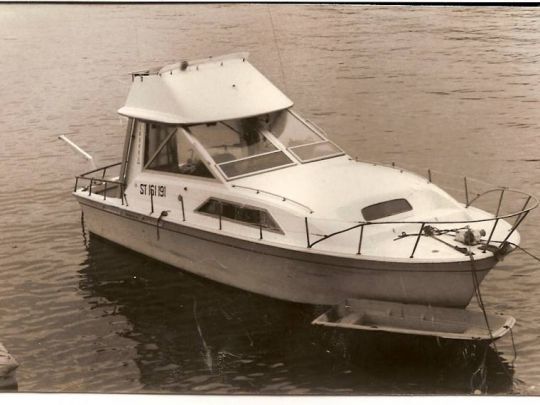
Anticipating a high-potential market too early, American Marine released two models of Laguna in 1971, a motoryacht capable of reaching 30 knots. But its gargantuan fuel consumption in the middle of the oil crisis put a quick end to its marketing.
In 1975, American Marine went bankrupt. The company was taken over by a pool of investors led by Bob Livingstone, who renamed the yard Grand Banks Holdings, Ltd.
The golden age of yachting
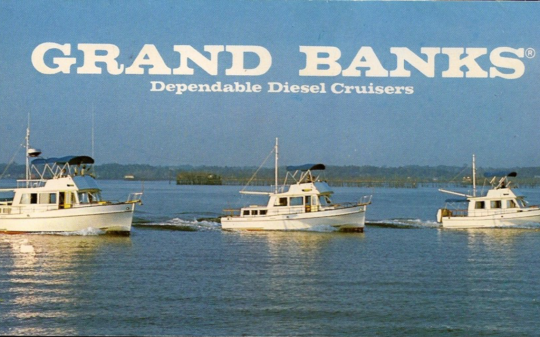
The shipyard had its heyday in the 90s. The Grand Banks are then declined in three versions: Sedan, Europa, or Classic.
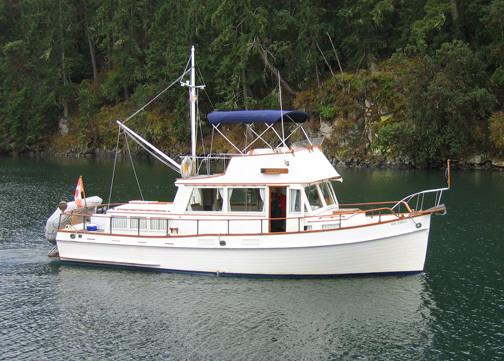
Sailing a Grand Banks brings a different approach to cruising and life on board. Powered by Ford Lehman or John Deere engines, a Grand Banks benefits from a great autonomy at speeds below 9 knots. It also provides its crew with a large living space, while offering a high level of equipment.
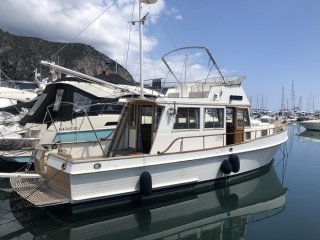
Because of its proximity to Asian forests, the shipyard has developed a recognized know-how in the use of teak for its decks and interior fittings, offering an incomparable marine atmosphere.
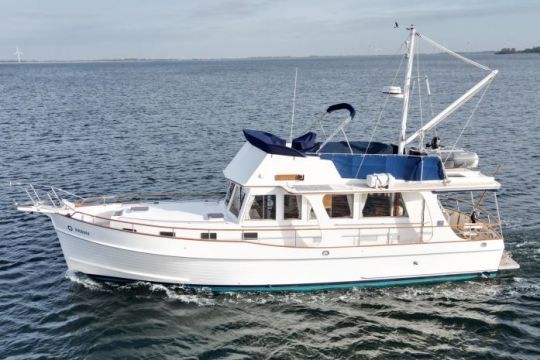
With more than 1571 units sold, the Grand Banks 42 is the most important commercial success of the shipyard.
A huge semi-automated factory
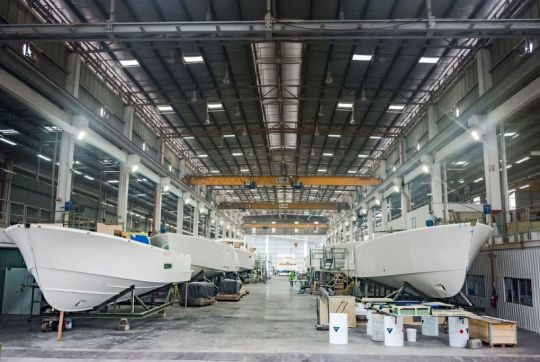
Today, the production site is located in Johor, Malaysia. About 600 workers are employed in the 51,000 m2 factory. Grand Banks is marketed by only 7 representatives worldwide. The site is managed by Mark Richard, who recently modernized his huge factory by integrating robotic operators to semi-automate certain manufacturing processes.
The shipyard offers 5 models in its catalog, divided into two ranges:
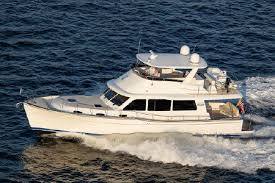
- The Grand Banks range from 54 to 85 feet. The heavy displacement hull has been replaced by a semi-planing and more modern version. The hulls and decks are made of infusion with carbon reinforcements. The whole brings a gain of weight and larger volumes, while improving the performances and the consumption.
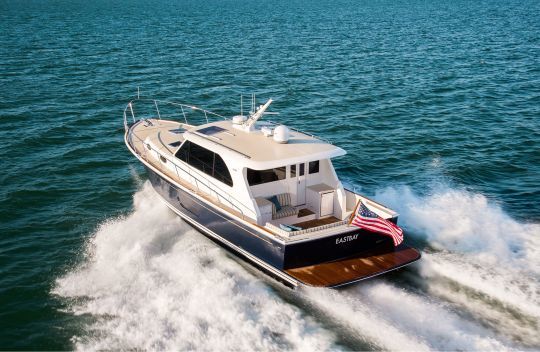
- The Eastbay range: inspired by the American Downeast, the two models are designed for a day-boat or short coastal cruise program
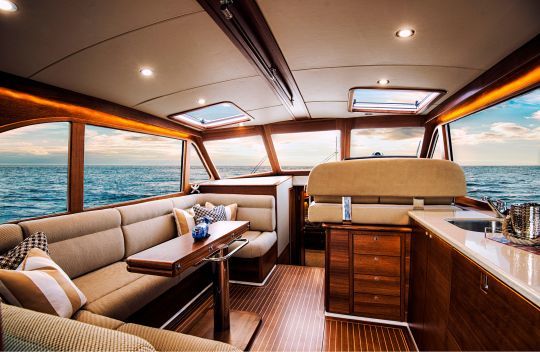
Owning a Grand Banks requires a generous budget. It will cost you just over 3 million euros to take the helm of the latest 54-footer.
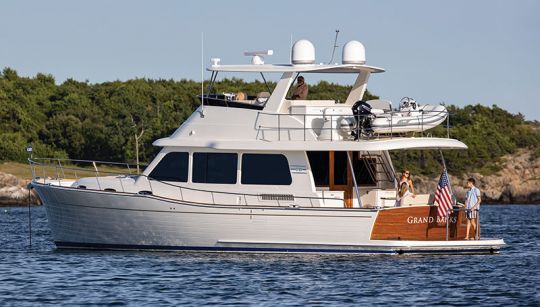

 /
/ 